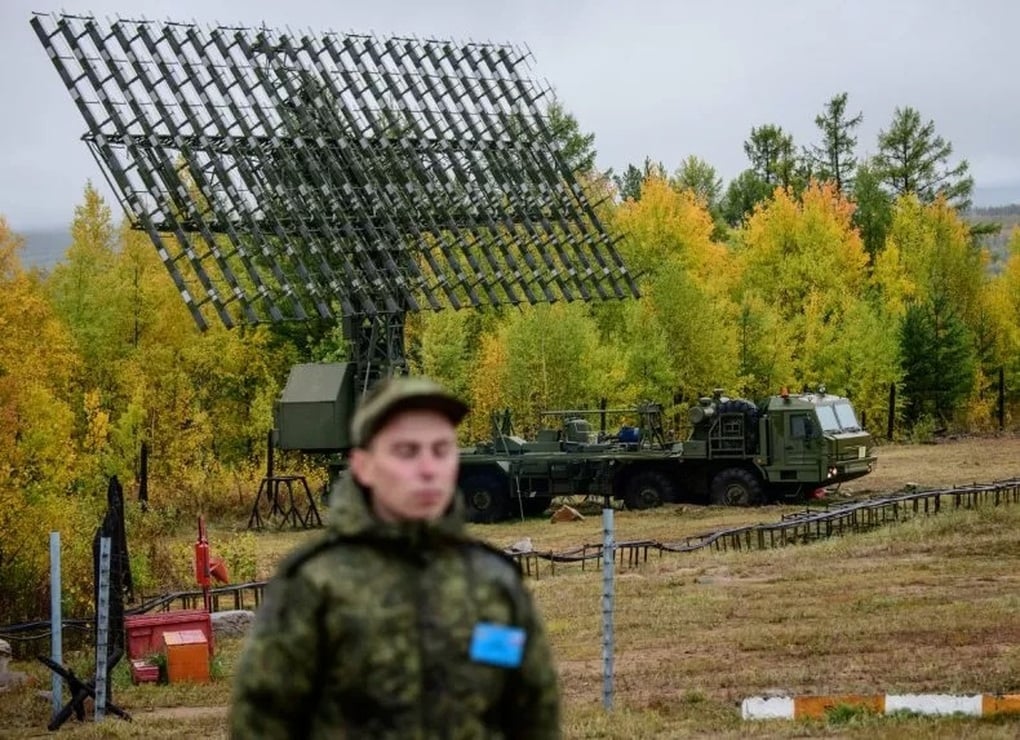
A Russian soldier stands guard in front of a radar installation at the Telemba training ground, about 130km north of the Siberian city of Chita in 2018 (Photo: Getty).
There are growing reports from Ukraine detailing the targeting of Russian radar systems, not only around the fighting hotspots in southern and eastern Ukraine, but also in the Russian-controlled Crimean peninsula.
Experts say it is a smart move from Ukraine and the move could have an impact on Russia's military operations.
In recent months, Ukraine has published numerous reports of successful attacks on Russian radar systems. Ukrainian officials have hailed the destruction of $10 million worth of Zoopark counter-battery radar systems, while the British government said in mid-July that “only a handful” of the Zoopark systems sent across the border into Ukraine by Russia were still in use.
Ukraine also appears to have acquired at least one radar from Russia. Ukraine is now using the Neva radar system it acquired from Russia to monitor Moscow’s activities in the Black Sea, Ukrainian commander Dmytro Linko, head of a Ukrainian military intelligence unit, told The War Zone in an article this week.
James Black, assistant director of the Defense and Security Research Group at the European branch of the RAND Corporation, said there have been a significant number of recent reports detailing Ukrainian attacks on Russian radar systems, destroying or at least damaging them.
Ukraine appears to be targeting these systems with special forces and US-funded high-mobility artillery systems, as well as with drones, he told Newsweek .
The US has also provided an unspecified number of high-speed anti-radiation missiles (HARMs), and in August 2022, Washington confirmed that it had sent AGM-88 high-speed anti-radiation missiles – designed to destroy enemy radars – to Ukraine.
According to Ivan Stupak, a former officer in Ukraine's security service and now an adviser to Ukraine's parliamentary committee on security and intelligence, it is "crucial" that Ukraine is able to successfully target Russian radars scattered across Moscow-controlled territories. He told Newsweek that Kiev's mission to destroy radars will continue in the coming weeks and months.
Ukraine has targeted Russian radars throughout the war, and more broadly, Moscow’s ability to detect Ukrainian positions and attacks before striking them. Russia has done the same, attempting to blind Ukraine to many of its moves. But hunting radar systems, a less “sexy” or less noticeable target than artillery or military vehicles, has often received less attention.
To make it difficult for Russia to guess exactly where Ukraine is concentrating its offensive efforts along the front line, Kiev needs to “degrade Russia’s sensor capabilities” and conceal any signs of what Ukraine is doing, why it is doing it, and what might happen next.
Eliminating Russian radars would have other major benefits for Ukraine. It would protect Ukrainian assets, such as fighter jets, drones, or soldiers, while conducting reconnaissance or hunting down Russian equipment or bases behind the front lines. Eliminating Russian radars would ultimately limit Russia’s ability to detect and target Ukraine, Black added.
Deploying radar is one way Russia could detect Ukrainian movements or assets, along with a range of other sensors. But radar is “one of the most effective,” especially at detecting threats from long range, Black said.
But radars don’t always have to be standalone systems. They are often linked to Russian counter-artillery or air defense systems. That would be even more valuable to Ukraine, according to Black.
“It could be seen as a more effective way to degrade Russia’s ability to destroy the radars of these systems and disrupt their operations, rather than going after individual artillery systems or launchers,” Black added.
“If they could be eliminated, it would have an impact on Russian operations. It would make it much more difficult for Kremlin commanders to make good, quick decisions and contribute to confusion, and potentially paralysis, in the Russian chain of command,” Black said.
One of these is Russia’s top air defence system, the S-400. Ukraine took out several S-400 systems in Crimea in attacks throughout August and September. An intelligence source in Kiev told the BBC in mid-September that Ukraine had used drones to destroy radars before destroying some of the “$1.2bn” air defence systems with domestically produced cruise missiles.
Sidharth Kaushal, an expert at the Royal United Services Institute for Defense Studies, told Newsweek after the September attack that each S-400 battery costs about $200 million. "Of course, the system can be replaced, but the loss is still not a small matter," the expert said.
For its part, Russia is playing a similar game. Both sides are playing a game of cat and mouse, Black said, with Russia reportedly taking out a Ukrainian P-37 radar in Zaporizhzhia. Russia also has a stockpile of anti-radiation missiles like the Kh-31, which have been hit by fire in Ukraine.
The expert added that Russia may also be using A-50 airborne early warning and control aircraft to scout and guide the S-400 air defense systems.
Source


![[Photo] Close-up of Vietnam's sniffer dog team searching for earthquake victims in Myanmar](https://vstatic.vietnam.vn/vietnam/resource/IMAGE/2025/4/1/d4949a0510ba40af93a15359b5450df2)
![[Photo] Third meeting of the Organizing Subcommittee serving the 14th National Party Congress](https://vstatic.vietnam.vn/vietnam/resource/IMAGE/2025/4/2/3f342a185e714df58aad8c0fc08e4af2)
![[Photo] Relatives of victims of the earthquake in Myanmar were moved and grateful to the rescue team of the Vietnamese Ministry of National Defense.](https://vstatic.vietnam.vn/vietnam/resource/IMAGE/2025/4/2/aa6a37e9b59543dfb0ddc7f44162a7a7)



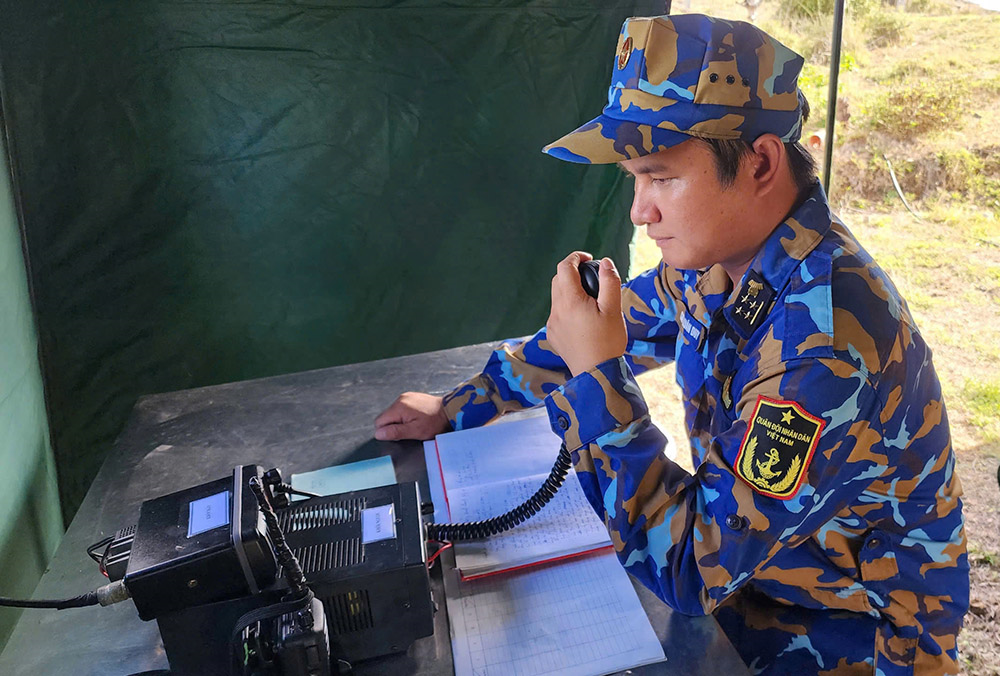

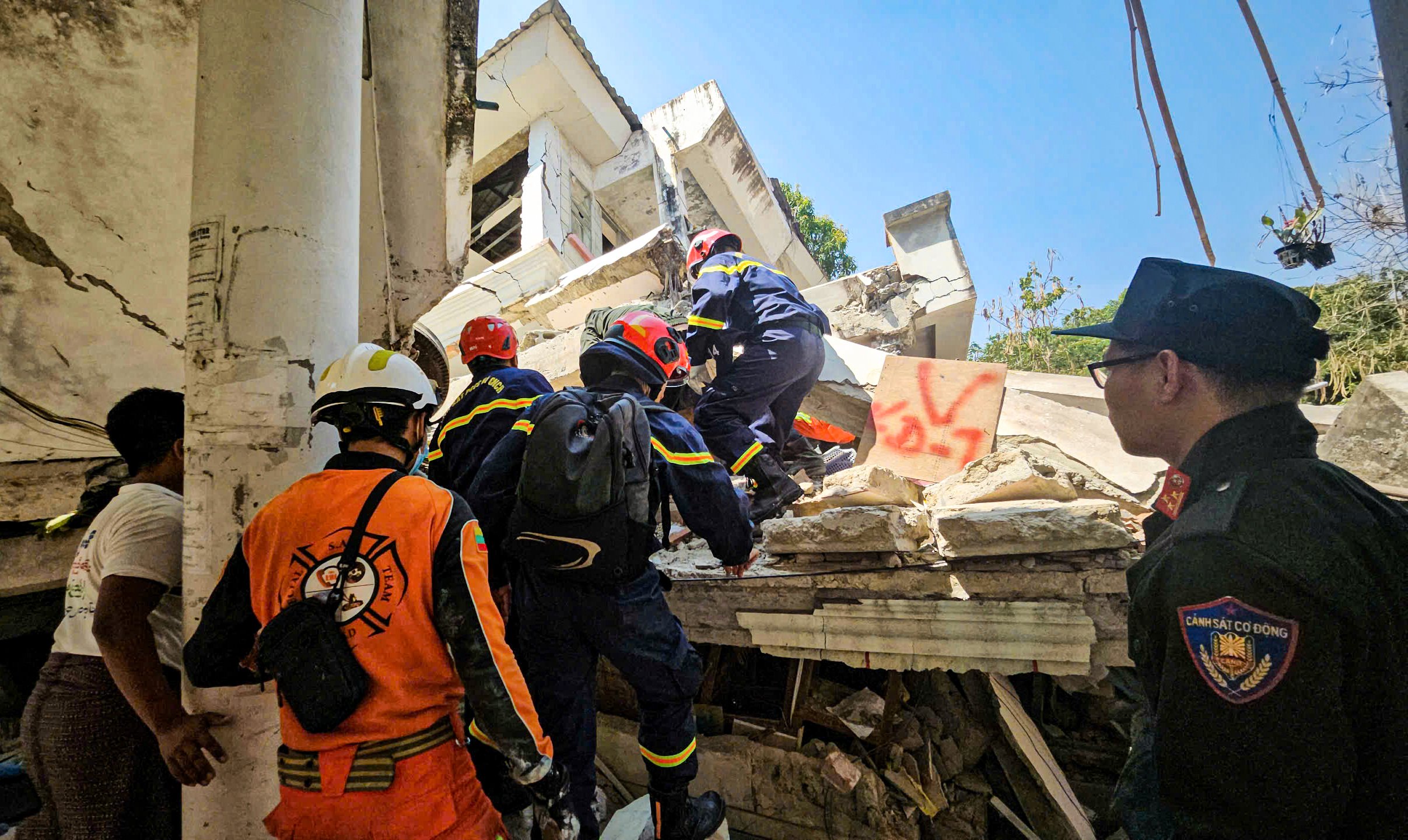





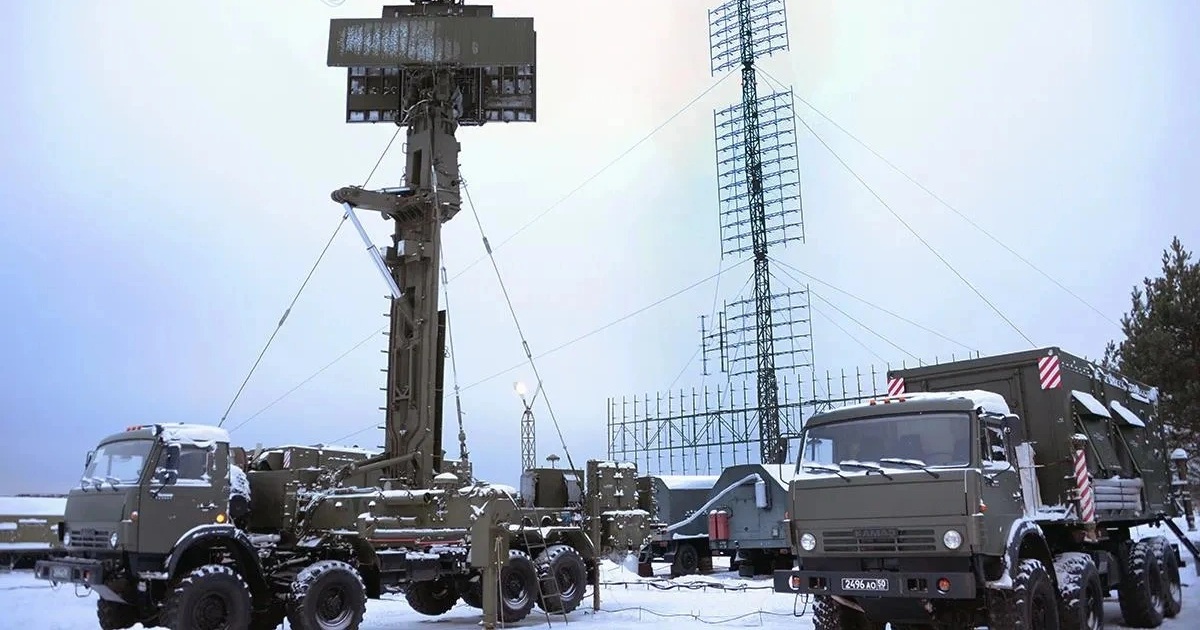



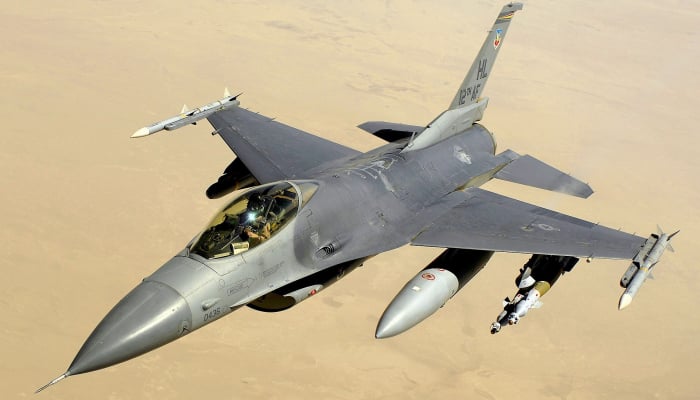
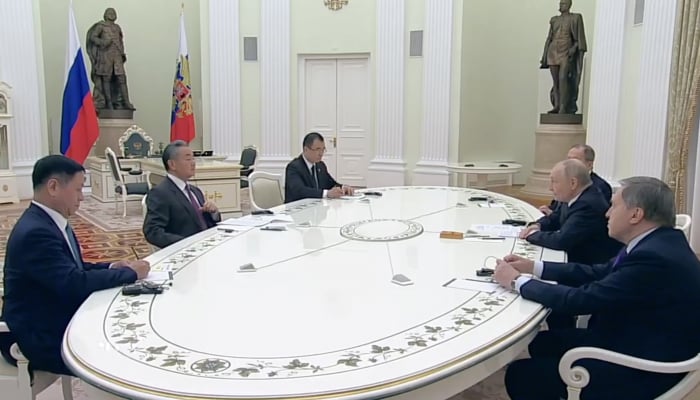






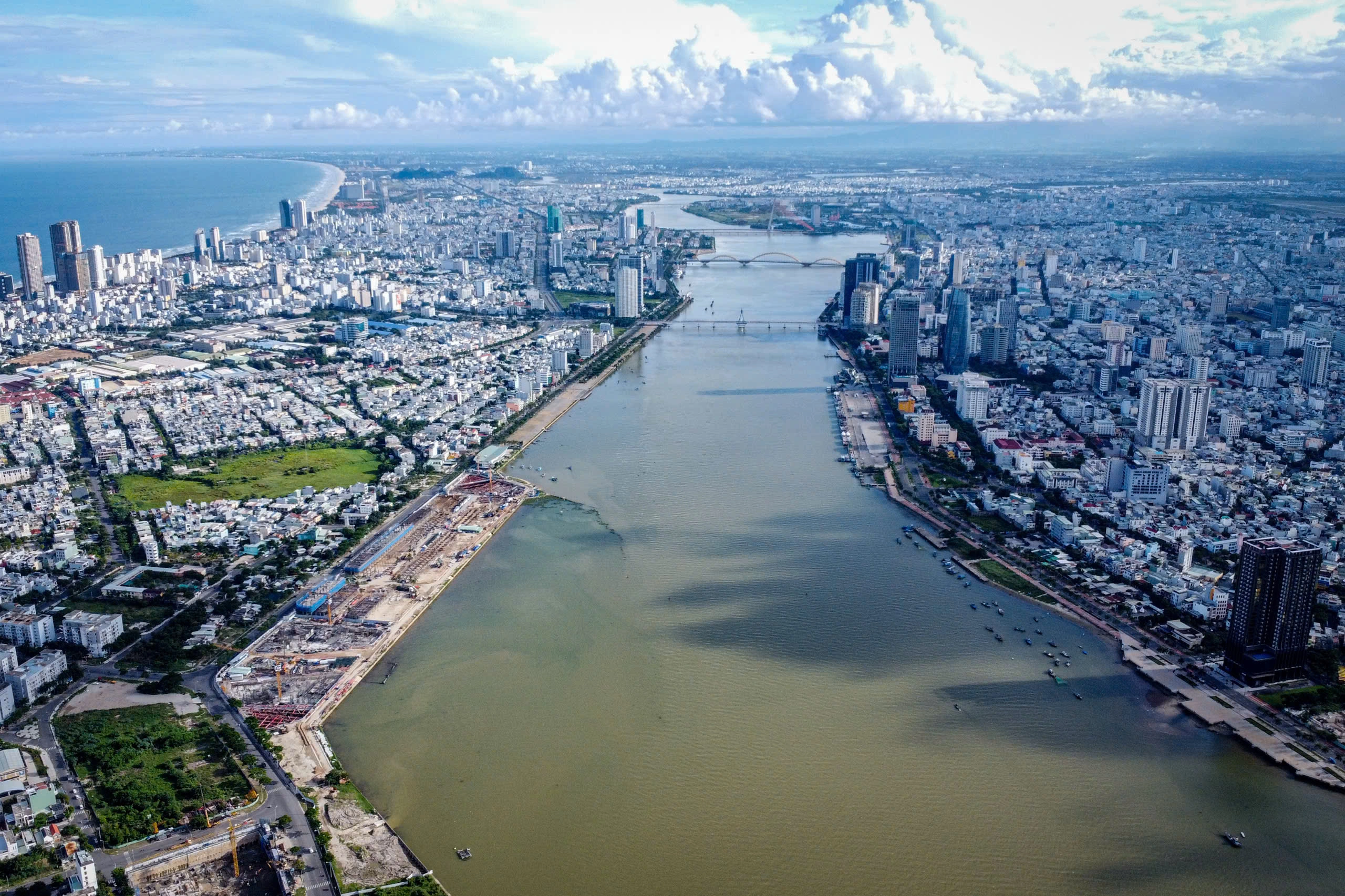








































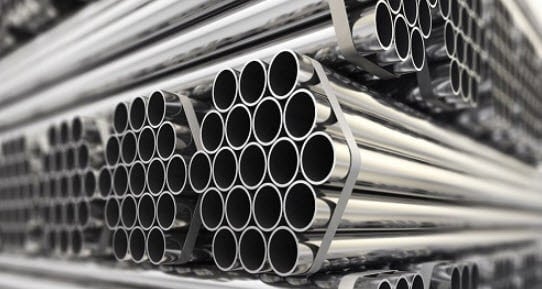








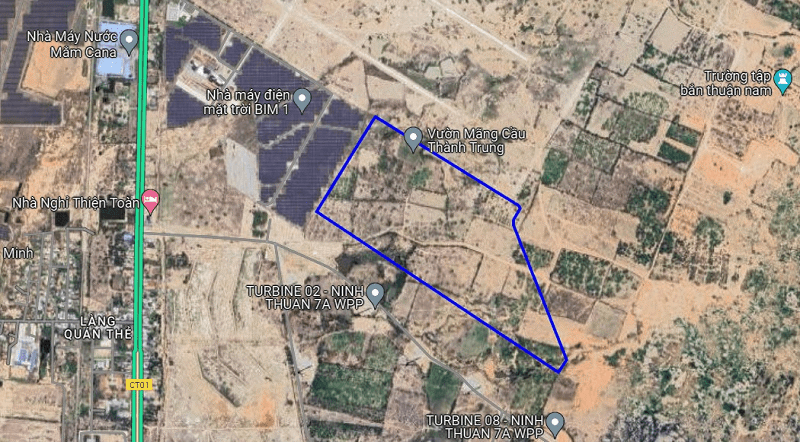















Comment (0)